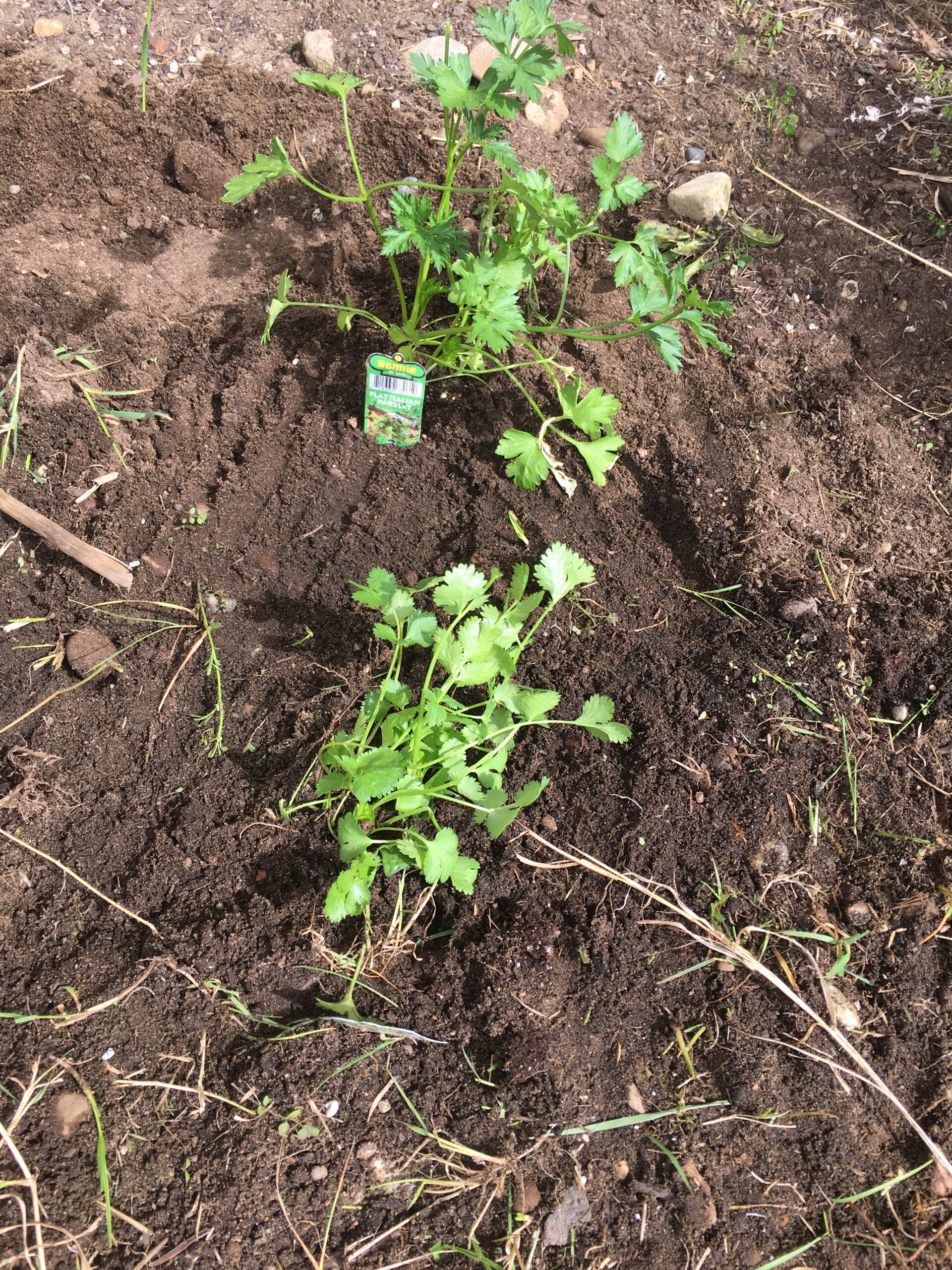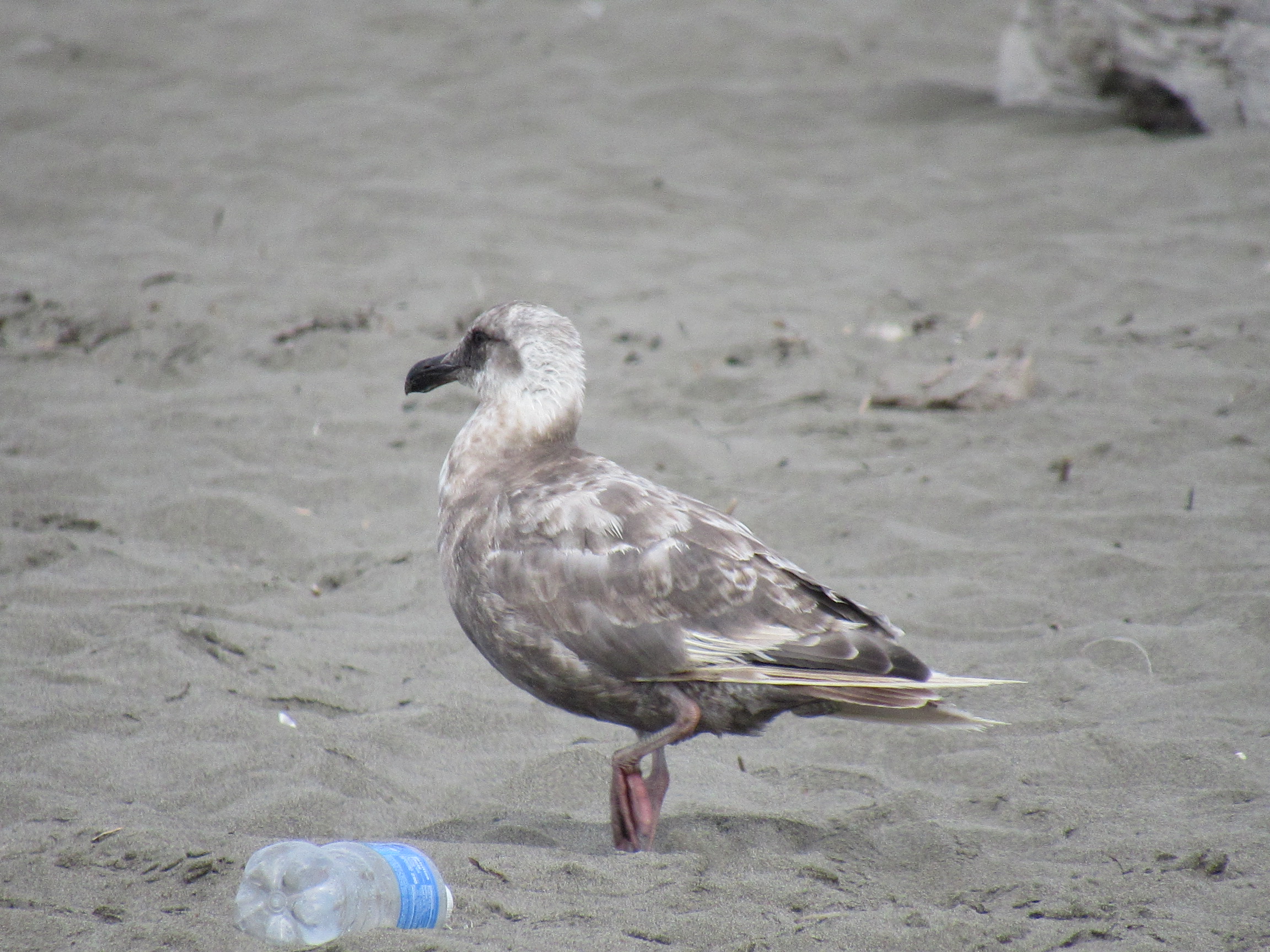How to lower your dog’s carbon footprint
We love our dogs. There are an estimated 69 million dogs in the US alone, and most of those dogs are beloved members of the family, not just an animal. Unfortunately, our meat-loving dogs also have an associated carbon footprint, with estimates for a labrador retriever running as high as 1.2 metric tons per year. If you’re worried about how to keep your dog from ruining the environment, we’ve got a few tips to help you.
Feed Fido Less
Over half of all dogs and cats are overweight or obese. Chances are good, your dog is one of them. Most of your dog’s carbon footprint comes from his food. You can slash his carbon footprint most significantly by feeding only the amount he needs to be healthy.
You can find out how much to feed your dog by using a dog food calculator to find out how much your dog actually needs. If you give your dog healthy table scraps to help cut down on your food waste, don’t squander that environmentally friendly effort by free feeding him all the kibble he wants as well, or even giving him his usual ration. Reduce his food portion appropriately when ever you give him treats or scraps.
Doing so will not only help cut his carbon footprint, it will also extend his life. Obese dogs live shorter lives than their thinner counterparts, and they often have health problems as well. If you love your pet–and the environment–slim him down.
Think Poultry
Of course, it isn’t just how much your dog eats. What he eats is important as well. While a dog can survive on a vegan diet (and with better success on a vegetarian diet) these diets have to be carefully managed in order to be successful. Studies have expressed concerns about the nutritional adequacy of these diets, while other sources only warn that even foods sold as nutritionally adequate might not do the job.
A safer switch for your pet, is to ditch the lamb and cow recipes for chicken, turkey, rabbit, and other low impact animals. If you’re open to it, there are even insect based dog foods that pack protein and resolve the environmental problems, and may even be healthier for your pet than red meat.
Spay and Neuter
You’ve probably heard the mantra of spay and neuter, and all the reasons why it is the responsible thing to do. Unless your dog can better his or her breed through fabulous genetics, he should not be bred.
There is already a surplus of unwanted dogs crowding shelters, who are all eating their way through a ton of carbon annually themselves. Adding 7 or 8 more tons of carbon to the air each year through a litter of puppies isn’t helpful.
Think Smaller
Is it time to adopt a new dog? Smaller dogs eat less, poop less, and are widely considered to have a much less damaging impact on the environment. Even if you’re not into small dogs, switching from a large breed to medium can still greatly reduce your dog’s carbon footprint.
Lose the plastic
Our dogs are responsible for much of our plastic waste as well, with those poop bags being the biggest culprit. Compost your pet’s poop to reduce your plastic bag waste, and use biodegradable poop bags when you can’t. Your dog’s shampoo bottle can also be ditched by switching to dog shampoo bars. There’s a great one made by ethique, and many other shampoo companies are getting on the bandwagon with plastic free dog shampoo bars.
Many other needed items such as food bowls, leashes, and collars can either be made, or thrifted to help cut down on waste. Check your thrift store for second hand items, and be open to what sort of bowl your dog has. It doesn’t need to have a paw print on it to be the dog food bowl. A ceramic or metal mixing bowl works just fine too. 🙂
You don’t have to give up on pets to be friendlier to the environment, but you can make simple changes to help make pet ownership friendlier to the wonderful planet we live on. These are our top tips to help.











